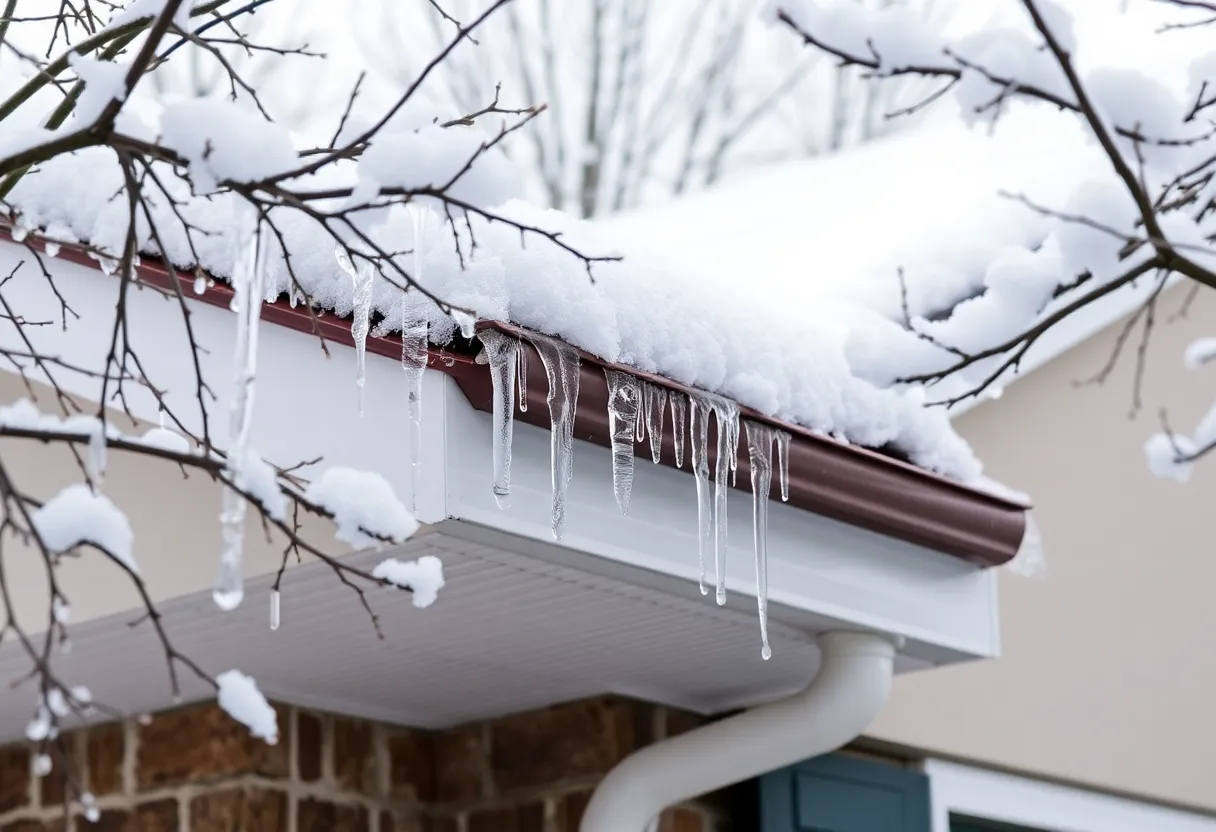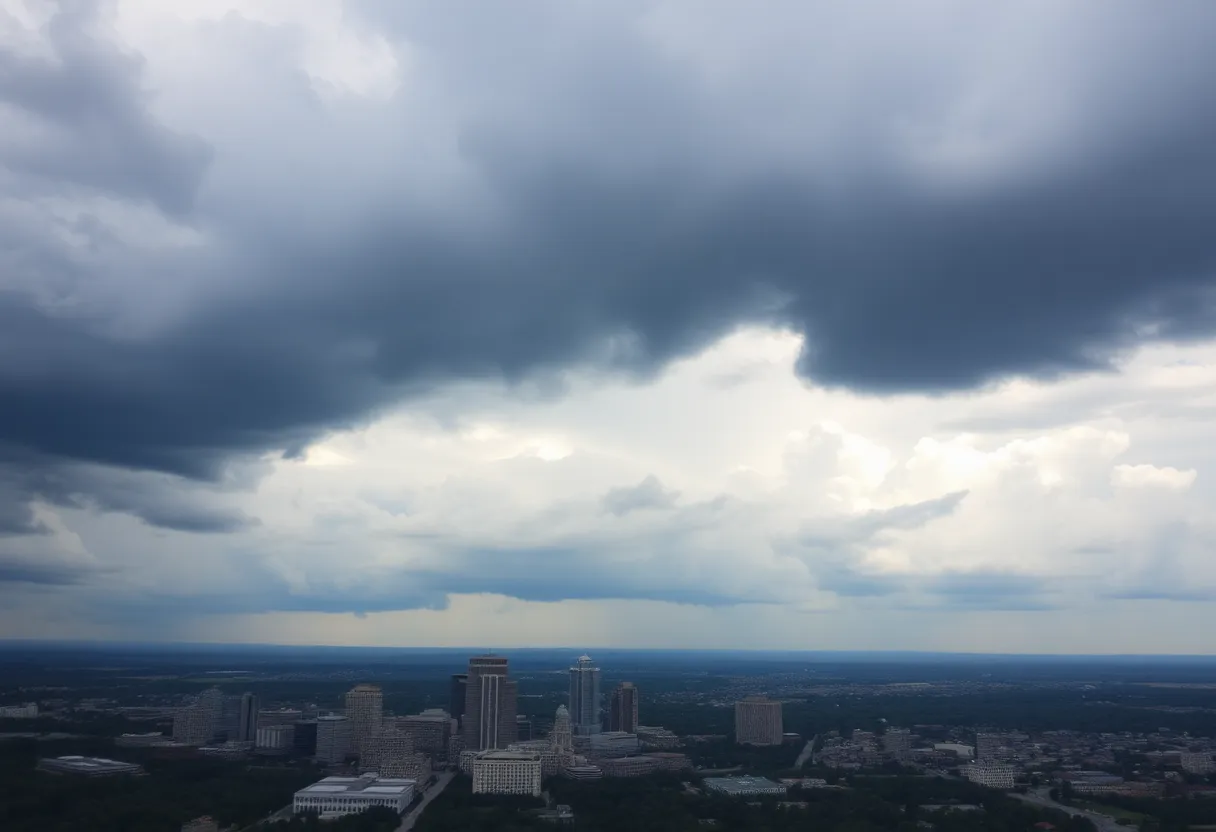What Are the Must-Know Tips for Winterizing Your Roof?
As winter approaches, it’s essential to prepare your home, especially the roof, to withstand the harsh conditions. Proper winterizing not only protects your roof but also ensures the safety and comfort of your entire house. Here are the essential tips for winterizing your roof effectively.
Inspect for Damage
Begin by conducting a thorough inspection of your roof. Look for cracked, missing, or curling shingles. These small issues can lead to significant problems if left unaddressed. Pay special attention to areas around vents, chimneys, and skylights where leaks are more likely to occur.
Check Flashing and Sealant
The flashing around chimneys and vents is crucial in preventing water leaks. Inspect the metal flashing for rust or damage. Ensure that the sealant is intact. If the seal is compromised, it must be replaced to avoid potential leaks that can occur during winter storms.
Clear Your Gutters
Clogged gutters can lead to ice dams, which are detrimental to your roof’s health. Remove leaves, twigs, and debris from the gutters to ensure proper water drainage. This simple step can significantly reduce the risk of ice buildup and subsequent damage.
Install Gutter Guards
Consider investing in gutter guards if you frequently deal with debris in your gutters. These protective covers can minimize the accumulation of leaves and help maintain clear gutters throughout the winter season.
Trim Overhanging Branches
Overhanging branches can pose a significant threat to your roof during winter storms. Heavy snow and ice accumulation can cause branches to break and crash onto your roof, leading to damage. Regularly prune branches to keep them away from your roof.
Check Attic Ventilation
Proper ventilation is essential for regulating temperature and humidity levels in your attic. Ensure the vents are not obstructed and are functioning correctly. Poor ventilation can lead to snow melting and refreezing, contributing to ice dams.
Add Insulation
Insulating your attic prevents heat from escaping, which helps maintain a steady temperature on your roofduring winter. This will prevent snow from melting and refreezing, reducing the likelihood of ice dams. Invest in high-quality insulation materials to achieve optimal results.
Seal Attic Air Leaks
Inspect your attic for any air leaks. Common areas to check include around chimneys, vents, and electrical outlets. Sealing these leaks with caulk or foam will improve energy efficiency and contribute to better roof longevity.
Consider Roof Raking
If you live in an area prone to heavy snowfall, consider investing in a roof rake. This tool allows you to remove excess snow from the roof safely, reducing the risk of ice dams and structural stress caused by accumulated snow.
Establish a Snow Removal Plan
Have a plan in place for snow removal. Keep a roof rake handy, and ensure you know how to use it safely. If you are uncomfortable removing snow yourself, hiring a professional service might be the best option.
Prepare for Potential Repairs
Even with thorough preparation, unforeseen issues can arise. Have a plan ready for conducting emergency repairs. This may include having a trusted contractor’s contact information readily available. Quick action can mitigate damage to your roof.
Monitor Weather Conditions
Stay updated on local weather forecasts. Knowing when winter storms are approaching allows you to take preemptive actions, such as clearing snow or reinforcing certain areas of the roof.
Perform Regular Maintenance
Winterizing your roof is not a one-time task. Establish a schedule for regular inspections and maintenance throughout the winter months. Regular upkeep ensures your roof remains in good condition and prolongs its lifespan.
Document Changes and Repairs
Keep a record of any inspections, repairs, or changes made to your roof. This documentation can be valuable for future reference, helping you identify patterns that may require attention before winter sets in again.
Know When to Call for Professional Help
While there are many tasks you can handle on your own, some situations require professional expertise. If you notice significant damage or are unsure about the condition of your roof, it is best to consult a professional. Safety should always be your top priority.
Ensure Personal Safety
When winterizing your roof, always prioritize safety. Use proper gear, such as non-slip shoes and harnesses when necessary. Avoid working on icy or slippery surfaces to prevent accidents.
Conclusion
Winterizing your roof is essential for protecting your home during the cold months. By performing a thorough inspection, clearing gutters, managing overhanging branches, and ensuring proper insulation, you can significantly reduce the risk of damage. Keep these must-know tips in mind as you prepare your roof for winter, and you will enhance your home’s stability and comfort during the harsh weather.





 Mays Contracting
Mays Contracting

